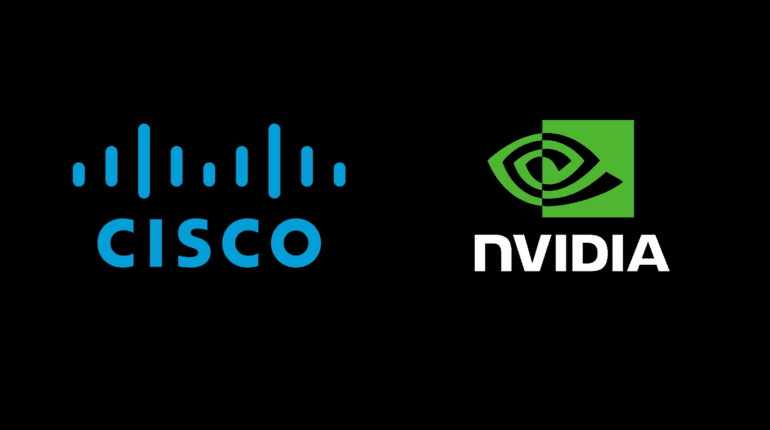TL;DR:
- Cisco collaborates with Nvidia for Webex AI Assistant, leveraging Nvidia’s AI engine.
- Real-Time Media Models (RMMs) were introduced for real-time audio and video handling.
- Webex AI Assistant offers message tone adjustment and message summarization.
- Webex AI Codec enhances audio and video quality, adapting to bandwidth conditions.
- Cisco addresses competition with innovation, affordability, and strategic partnerships.
- Webex supports real-time translations in 13 spoken languages, expanding global reach.
Main AI News:
In a strategic move, Cisco has joined forces with Nvidia to introduce the next-generation Webex AI assistant, marking a significant milestone in the world of hybrid meetings. This game-changing integration leverages Nvidia’s accelerated computing and AI engine to empower a fresh lineup of collaboration devices under the Webex umbrella.
The focal point of this development is Webex’s Real-Time Media Models (RMMs), a generative AI model that takes the forefront. Unlike traditional Language Models (LLMs), which primarily deal with text-based content, RMMs excel in handling real-time audio and video, ushering in a new era of immersive communication experiences.
Cisco’s partnership with Nvidia takes center stage, with a highlight on the utilization of Nvidia chipsets within Webex devices. This collaboration has paved the way for the integration of advanced AI capabilities, transforming Webex devices into powerful tools capable of executing complex AI functions seamlessly.
The recently unveiled Webex AI Assistant introduces groundbreaking features, including the ability to adjust message tone and offer recommendations for tone, format, and phrasing in Webex Messaging and Slido. Users can engage the Webex AI Assistant to summarize messages from their superiors within a message space that houses communications from fellow colleagues. These summaries, organized into chapters and highlights, facilitate catching up on missed segments of meetings or even entire meetings in real-time. By providing concise recaps of unread messages or reviewing space activity, the Webex AI Assistant keeps users well-informed and up-to-date.
Another noteworthy addition to the Webex ecosystem is the Webex AI Codec. This platform harnesses AI to enhance audio quality during real-time communications, regardless of available bandwidth. Its advanced technology effectively eliminates background noise, reconstructs lost data during transmission, and proactively adapts to network conditions to ensure optimal audio quality. Furthermore, machine learning techniques are applied to elevate video quality through Super Resolution, ensuring high-definition meetings with exceptional video clarity, even in challenging bandwidth conditions.
Acknowledging the competitive landscape, Sandeep Mehra, Managing Director of Collaboration Sales for APJC at Cisco, recognizes the presence of formidable rivals like Zoom, Teams, and Google Meet. However, he underscores that Webex’s commitment to innovation, affordability, and strategic partnerships has been instrumental in regaining market share and solidifying its position as a leader in the collaboration space.
Webex’s global reach is accentuated by its support for real-time translations in 13 spoken languages, which can be further translated into 108 text languages. Specifically, the platform extends support for Japanese, Korean, Chinese, and Hindi in the Asia Pacific, Japan, and Greater China regions, making it a truly inclusive and versatile tool for businesses worldwide.
Conclusion:
The partnership between Cisco and Nvidia to introduce the Webex AI Assistant signifies a significant advancement in the realm of hybrid meetings. With a focus on real-time media handling, message optimization, and superior audio-video quality, this innovation positions Webex as a formidable contender in the competitive collaboration market, driving its growth and global accessibility.

